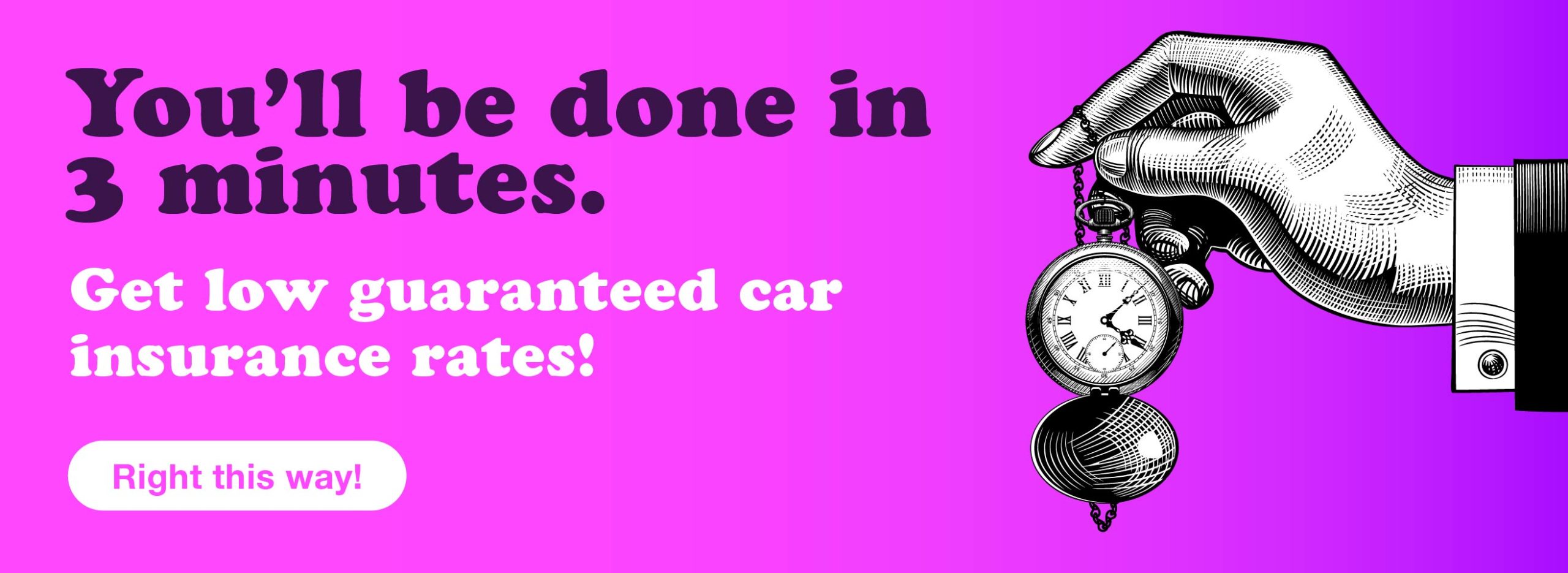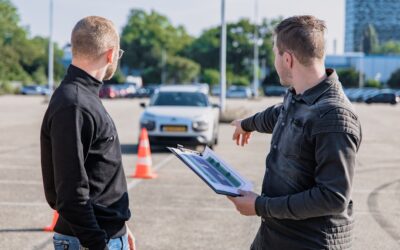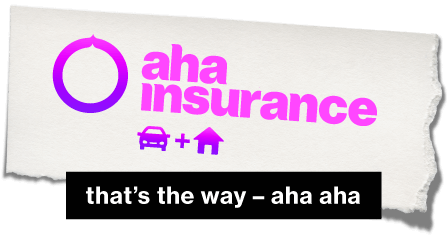They’ve been popping up all over the place – in our neighbourhoods, at busy intersections, and in rural communities. That’s right…roundabouts! They’re being introduced across Canada to solve traffic flow issues and time-wasting congestion.
Love ’em or hate ’em, you need to know roundabout rules in this day and age. But let’s back up a second for those of you who may be unfamiliar with this newer traffic trend.
What is a roundabout?
“A roundabout is a circular intersection where two or more roads meet. Traffic circulates through them counter-clockwise, to the right of a centre island. All entering vehicles must yield to traffic already in the roundabout.”
- Roundabouts can have one or several lanes, depending on the amount of traffic that uses them.
- Studies analyzed by the Insurance Institute for Highway Safety indicate that roundabouts are generally safer than stop-light intersections.
- Single lane roundabouts are generally smaller and used to improve traffic flow in less frequented areas, because nobody wants to wait at a red light when there’s no other traffic in sight.
- Roundabouts with 2+ lanes can move larger amounts of traffic through busy intersections—but don’t expect to see any oversized roundabouts like the 10-lane Étoile in Paris, France.
Roundabout road rules
You should be comfortable and confident behind the wheel, whether you’re driving on the 401 highway through Toronto or going through a one-lane roundabout down the street. If you’re nervous and unsure of what to do, brush up on these rules before you attempt another go around.
- Do not stop inside the roundabout unless you’re trying to avoid a collision.
- Always drive in a counter-clockwise direction.
- Keep to the right of the centre island.
- Do not change lanes in the roundabout (every lane has an opportunity to exit).
- Trucks are allowed to take up both lanes because it’s a tight turn for them. Yield to the trucks in front of you and don’t pass them.
- If you miss your exit, go around again and exit—it only takes a few seconds.
- It is illegal to drive over the roundabout island, even if it is a mini-roundabout with reduced curbs (those are meant for large vehicles only).
How to signal
- When making a right turn (taking the first exit), put your right signal on when entering the roundabout and keep it on until you’ve exited successfully.
- When going straight through (taking the second exit), you only need to signal right when you are exiting the roundabout.
- When making a left turn (taking the third exit), put your left signal on when entering the roundabout, keep it on in the roundabout, then signal right to exit.
Emergency vehicles
- If you are inside the roundabout when an emergency vehicle approaches, make your exit and then pull over to the right to let it pass.
- Do not try to pull over within the roundabout, as that will just create congestion in a tight space.
Pedestrians & cyclists
- Pedestrians should wait for a gap in traffic or for traffic to stop before crossing roundabouts.
- Never walk through roundabouts over the central island—there’s no crosswalk connected to them.
- The safest method for a cyclist to cross is to dismount and walk their bike through the crosswalks as a pedestrian.
- Cyclists using the roundabout should merge into the vehicle lane as the bike lane ends, then remain in the middle lane throughout the roundabout.
Signs and pavement markings
- Black and yellow signs are used to signify the distance to the roundabout as well as to inform you to slow down.
- Speed limits are sometimes lowered around a roundabout to encourage lower entry speeds. Watch for these signs!
- A white and green directional guide sign will show you the exits and road names.

- A green and white lane guide sign will show you which lane you should be in to take which exit.

- White and red yield signs are placed at the entry points of the roundabout. Always yield to traffic already inside the roundabout before entering.
- Black and white arrow signs remind drivers that you can only ever drive counter-clockwise within the roundabout.
- Each exit is marked with a green and white directional sign that tells you the road name and where it leads.
How to use a roundabout like a pro
Many Canadians understand that roundabouts can get us home faster and safer, but it’s how to drive in one that can be confusing. When do you use your blinker? Who has the right-of-way?
Follow this step-by-step guide to drive confidently and safely in a roundabout:
- Check for a reduced speed sign as you approach the roundabout zone.
- Slow down when you see the black and yellow ‘approaching roundabout’ sign.
- Keep to the right of the island in the middle.
- Check the green and white directional sign to determine which lane you should be in for your desired exit.
- Check for pedestrians crossing as you approach the roundabout.
- Yield to any traffic or cyclists driving in the roundabout.
- Once there is a safe gap in traffic, enter the roundabout driving to the right of the centre island.
- Do not pass anyone in the roundabout and do not stop driving (except to avoid a collision).
- Be careful that you use the correct lane for the correct exit and do not cut anyone off. If you find yourself in the wrong lane, just exit the roundabout using your current lane, turn around safely, and re-enter in the proper lane for your exit.
- Use your right-turn signal when you’re approaching your exit.
- Check for pedestrians crossing and cyclists.
- Exit the roundabout safely and don’t accelerate until you’ve made your exit completely.
Roundabout FAQ
Who has the right-of-way in a roundabout?
The drivers and cyclists who are already in the roundabout have the right-of-way. Vehicles entering the roundabout must yield and wait for a safe gap.
How does it work with roundabouts and pedestrians?
Drivers need to check for pedestrians crossing as they enter and exit the roundabout. There are no electronic signals for pedestrians, making it challenging for the visually impaired, as pedestrians must wait for a safe gap in traffic or until traffic has stopped before crossing.
Can you bike in a roundabout?
Yes you can. We advise only experienced cyclists do this and that they stay in the middle lane for safety. The safest option is to walk your bike across the pedestrian crossing.
Is there a difference between a traffic circle and a roundabout?
Yes. A traffic circle is much larger. Each entry and exit point becomes a T-intersection that can require a full stop (to obey the lights). When driving on the inside lane of a traffic circle, you must signal and merge into the right-hand lane before making your exit in most cases.
Roundabouts are much smaller. Instead of t-intersections with stop lights, roundabouts have merge lanes that require you to yield to traffic already inside of it, but you can merge when it’s safe.
Do you use your blinker in a roundabout?
Yes, you must signal in a roundabout depending on which exit you are taking. Turning right? Leave your right signal on. Taking the second exit? Only use your right signal when approaching the exit. Taking the third exit? Leave your left signal on until you exit, then use your right signal to exit.
How many times can you go around a roundabout?
If you miss your exit, you can circle around once more to make your exit the second time. However, continuing to circle the roundabout more than twice could be considered careless driving, especially if you’re horsing around. If you’re lost or just angry at your GPS, then make an exit, pull over when it’s safe, and get your bearings.
That’s all, folks. Drive safely out there!







